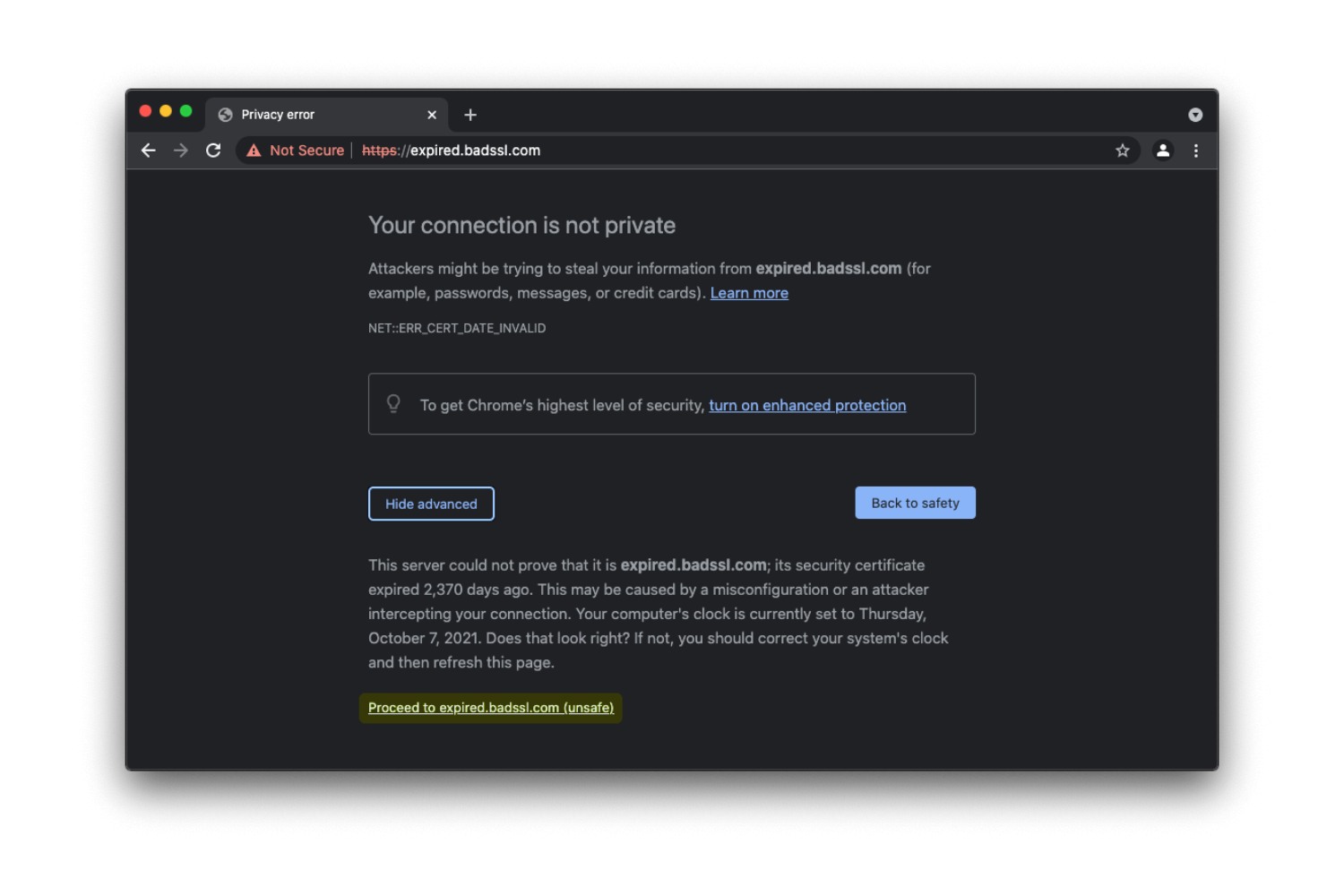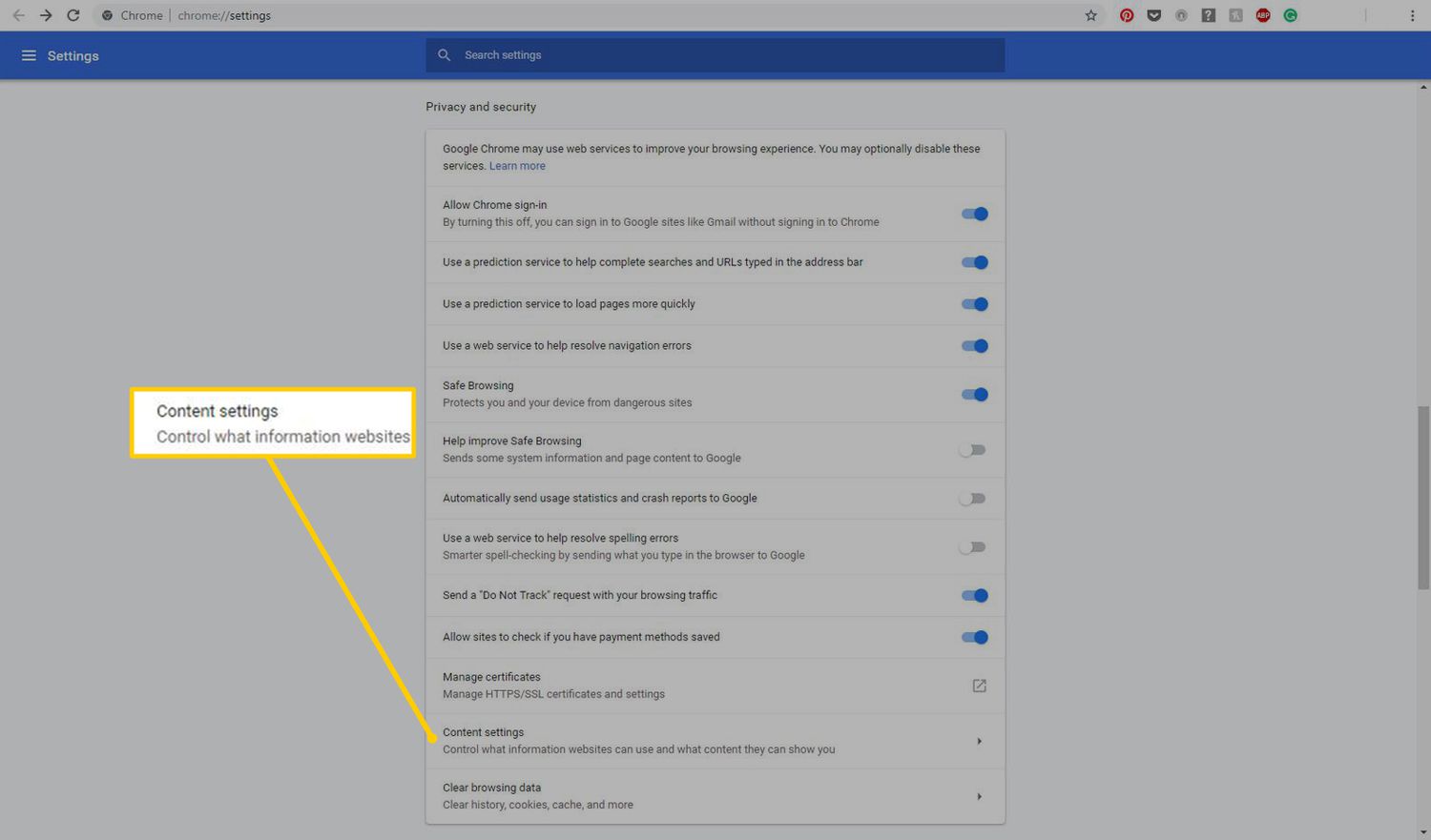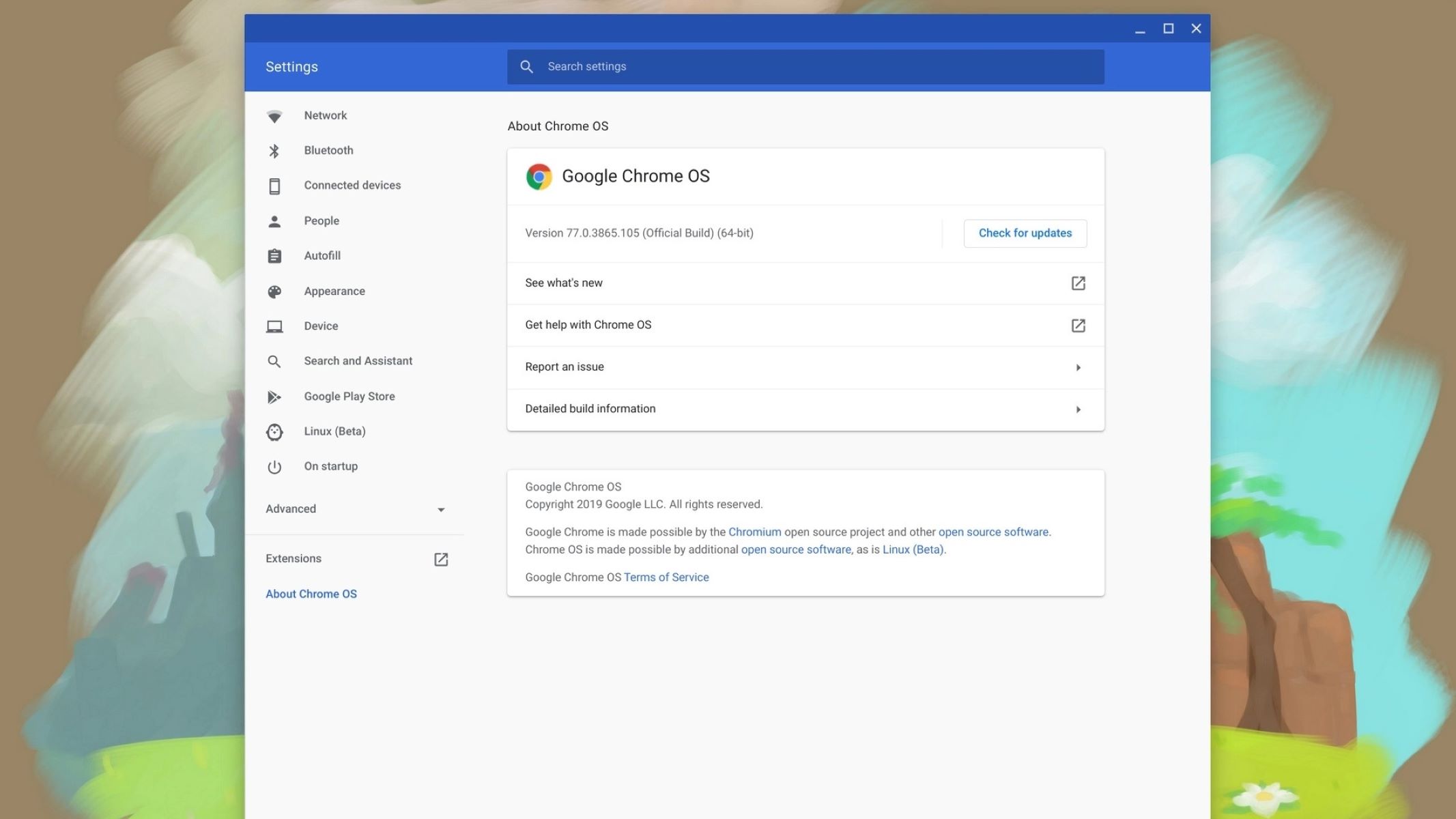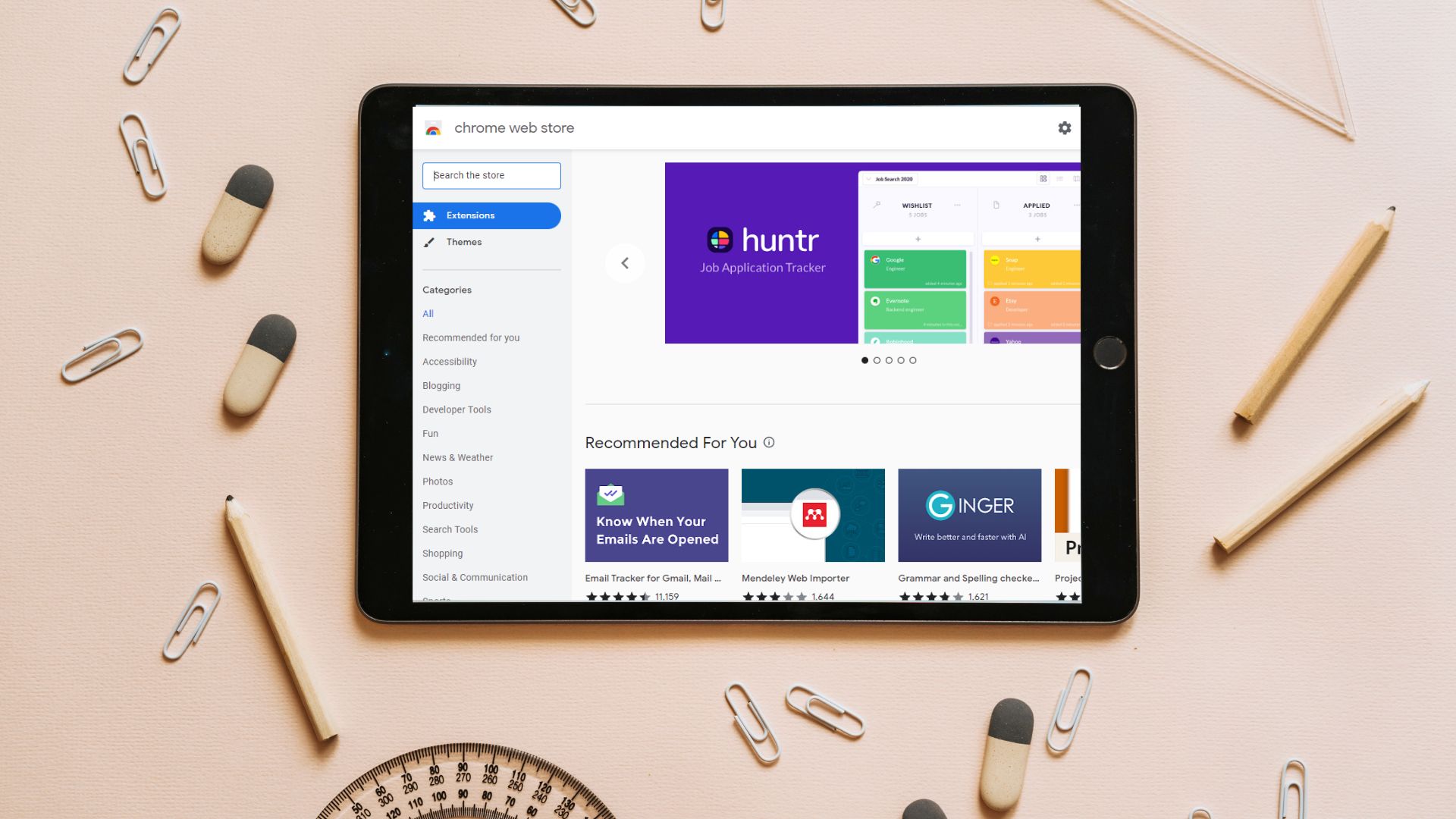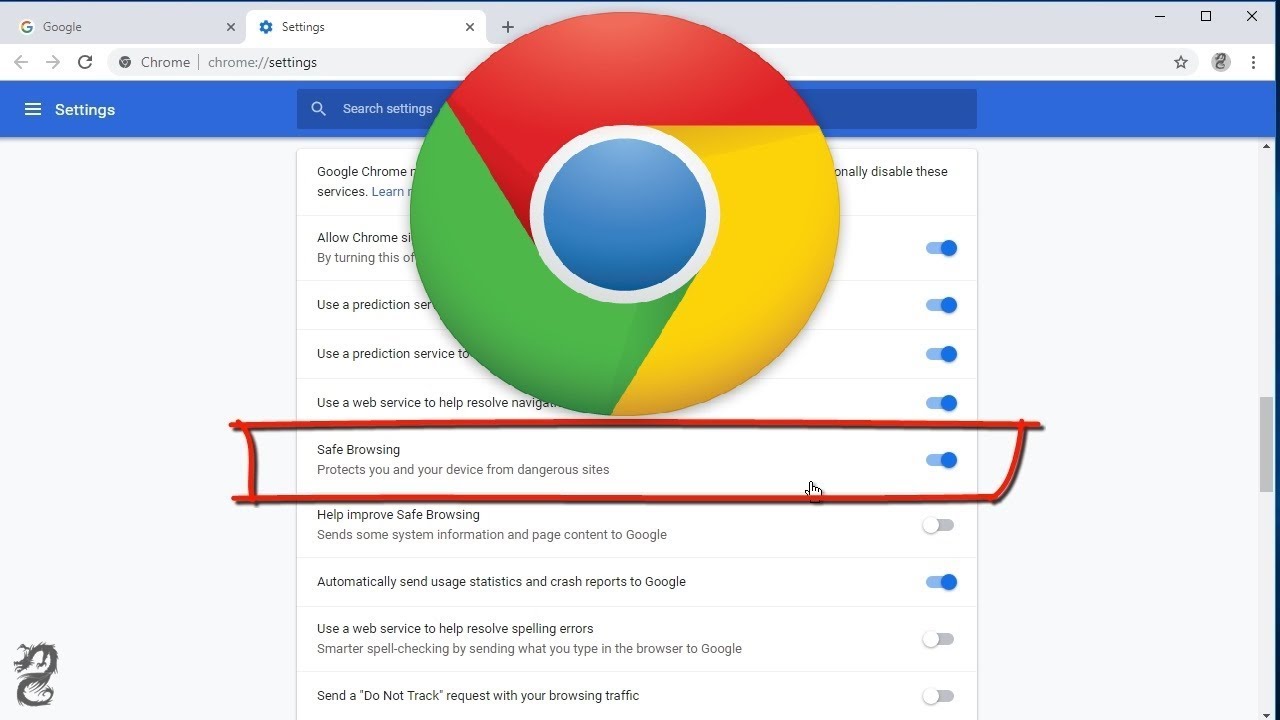Introduction
When browsing the web, encountering the "This connection is not secure" message in Chrome can be a frustrating experience. This warning indicates that the website you are trying to access does not have a valid security certificate, potentially exposing your sensitive information to security risks. However, there's no need to panic. By understanding the possible causes of this issue and implementing the appropriate solutions, you can navigate the web with confidence and security.
In this comprehensive guide, we will delve into the various methods to address the "This connection is not secure" message in Chrome. Whether you are a seasoned internet user or a novice, this article will equip you with the knowledge and tools to troubleshoot and resolve this common browsing issue. From checking the website's security certificate to adjusting Chrome's security settings, we will explore step-by-step solutions to ensure a secure and seamless browsing experience.
So, if you've ever encountered the unsettling warning message in Chrome, fret not. By the end of this guide, you will be empowered to tackle the "This connection is not secure" issue with confidence and ease. Let's embark on this journey to enhance your browsing security and make those pesky warning messages a thing of the past.
Check the Website's Security Certificate
When encountering the "This connection is not secure" message in Chrome, the first step is to check the website's security certificate. This warning is often triggered when a website's security certificate is expired, invalid, or not recognized by Chrome. Here's how you can perform this crucial check to ensure a secure browsing experience:
-
Inspect the URL: Start by examining the URL of the website you are trying to access. Ensure that the URL begins with "https://" instead of "http://". The "s" in "https" signifies a secure connection, indicating that the website is using SSL/TLS encryption to protect data transmission.
-
View Certificate Details: In Chrome, you can view the website's security certificate details by clicking on the padlock icon located to the left of the URL in the address bar. Select "Certificate (Valid)" to access detailed information about the certificate.
-
Check Certificate Validity: Within the certificate details, verify the validity period of the certificate. Ensure that the certificate has not expired, as an expired certificate can trigger the "This connection is not secure" warning. Additionally, check for any indications of the certificate being revoked or deemed invalid.
-
Verify Certificate Authority: Confirm that the certificate is issued by a trusted Certificate Authority (CA). If the certificate is self-signed or issued by an untrusted CA, Chrome may flag the connection as insecure. Trusted CAs include well-known entities such as Let's Encrypt, DigiCert, and Comodo.
-
Check for Mixed Content: Mixed content, where secure (https) and non-secure (http) elements are present on a webpage, can also trigger security warnings. Use Chrome's Developer Tools to inspect the page and identify any mixed content issues that may compromise the security of the connection.
By meticulously examining the website's security certificate, you can identify potential issues that may lead to the "This connection is not secure" warning in Chrome. Armed with this knowledge, you can take the necessary steps to address certificate-related issues and ensure a secure and encrypted browsing experience.
Update Chrome to the Latest Version
Keeping your Chrome browser updated is crucial for maintaining a secure and seamless browsing experience. Outdated versions of Chrome may lack the latest security patches and enhancements, potentially leading to compatibility issues and security vulnerabilities. If you encounter the "This connection is not secure" message in Chrome, updating the browser to the latest version can often resolve underlying security concerns. Here's a detailed look at the steps to update Chrome and the benefits it brings:
Why Update Chrome?
Chrome updates are designed to address security vulnerabilities, improve performance, and introduce new features. By staying up to date with the latest version, you benefit from enhanced security measures that protect against evolving online threats. Additionally, updated versions of Chrome often include compatibility fixes, ensuring a smoother browsing experience across websites and applications.
How to Update Chrome
-
Check for Updates: Start by checking if there are any pending updates for Chrome. To do this, click on the three-dot menu icon in the top-right corner of the browser window. Navigate to "Help" and select "About Google Chrome." Chrome will automatically check for updates and initiate the download process if a new version is available.
-
Restart Chrome: Once the update is downloaded, you will be prompted to restart the browser to apply the changes. It's essential to restart Chrome to ensure that the latest version is fully activated.
-
Automatic Updates: Chrome has a built-in automatic update feature that ensures the browser stays current with the latest releases. However, if automatic updates are disabled, it's advisable to enable this feature to receive timely updates and security patches.
Benefits of Updating Chrome
-
Enhanced Security: Each Chrome update includes security enhancements that safeguard against emerging threats, ensuring a secure browsing environment for users.
-
Improved Performance: Updated versions of Chrome often feature performance optimizations, resulting in faster page loading times and smoother navigation.
-
Compatibility Fixes: Updating Chrome can resolve compatibility issues with websites and web applications, providing a more seamless browsing experience.
-
New Features and Functionality: With each update, Chrome introduces new features and improvements, enriching the user experience and expanding functionality.
By proactively updating Chrome to the latest version, you can mitigate security risks, benefit from performance enhancements, and access the latest features, ultimately ensuring a secure and enjoyable browsing experience.
Clear Browsing Data and Cookies
Clearing browsing data and cookies is a fundamental troubleshooting step to address the "This connection is not secure" message in Chrome. Over time, accumulated browsing data and cookies can lead to conflicts, security concerns, and performance issues. By clearing this data, you can effectively refresh your browsing environment and resolve potential security-related issues. Here's a detailed exploration of the process and its significance:
Why Clear Browsing Data and Cookies?
Browsing data encompasses a range of information, including cached files, browsing history, download history, and stored cookies. While these elements contribute to a personalized and efficient browsing experience, they can also become outdated or corrupted, leading to security warnings and connectivity problems. Clearing this data allows Chrome to start afresh, eliminating potential sources of conflict and security vulnerabilities.
Steps to Clear Browsing Data and Cookies
-
Access Chrome Settings: Begin by clicking on the three-dot menu icon in the top-right corner of the browser window. From the dropdown menu, select "Settings" to access the browser's configuration options.
-
Navigate to Privacy and Security: Within the Settings menu, locate and click on "Privacy and security" in the left-hand sidebar. This section houses various privacy and security-related settings, including options to manage browsing data and cookies.
-
Choose "Clear Browsing Data": Under the "Privacy and security" section, select "Clear browsing data." This action will prompt a window to appear, allowing you to specify the types of data to be cleared and the time range for which the data will be cleared.
-
Select Data Types: In the "Clear browsing data" window, you can choose the types of data to be cleared, such as browsing history, cookies and other site data, cached images and files, and more. Ensure that the relevant options are selected based on your troubleshooting needs.
-
Clear Data: Once you have selected the desired data types and time range, click on the "Clear data" button to initiate the clearing process. Chrome will proceed to remove the specified browsing data and cookies from your browsing profile.
Benefits of Clearing Browsing Data and Cookies
- Enhanced Security: By removing outdated or potentially compromised data, you reduce the risk of encountering security warnings and mitigate the impact of malicious scripts or tracking cookies.
- Improved Performance: Clearing browsing data and cookies can lead to improved browser performance, faster page loading times, and smoother navigation across websites.
- Resolution of Connectivity Issues: In some cases, connectivity issues and security warnings can be attributed to conflicting or corrupted browsing data. Clearing this data can resolve such issues and restore secure connections.
By diligently clearing browsing data and cookies, you can maintain a secure and optimized browsing environment, minimizing the likelihood of encountering the "This connection is not secure" message in Chrome.
Disable Antivirus or Firewall Temporarily
In some instances, the "This connection is not secure" message in Chrome may be triggered by overzealous antivirus software or firewall settings. While antivirus programs and firewalls are essential for protecting your system from online threats, they can occasionally interfere with the secure connections established by Chrome, leading to false security warnings. Temporarily disabling your antivirus or firewall can help determine if these security measures are contributing to the issue. Here's a detailed exploration of the process and its significance:
Why Disable Antivirus or Firewall Temporarily?
Antivirus programs and firewalls actively monitor network traffic and web connections to identify and block potential threats. However, in rare cases, they may erroneously flag legitimate secure connections as insecure, leading to the "This connection is not secure" warning in Chrome. By temporarily disabling these security measures, you can assess whether they are the root cause of the issue. It's important to note that this action should only be performed temporarily and with caution, as it briefly reduces your system's protection against online threats.
Steps to Disable Antivirus or Firewall Temporarily
-
Access Antivirus or Firewall Settings: Begin by locating the icon or interface of your antivirus software or firewall. This is typically found in the system tray or through the system's control panel.
-
Disable Real-Time Protection: Within the antivirus software, navigate to the settings or preferences menu and look for options related to real-time protection or firewall functionality. Temporarily disable these features to allow uninterrupted browsing.
-
Confirm the Action: Upon disabling real-time protection, the antivirus software or firewall may prompt you to confirm the action. Acknowledge the temporary nature of the change and proceed to disable the security measures.
-
Verify Secure Connection: With the antivirus or firewall temporarily disabled, revisit the website that previously triggered the "This connection is not secure" message in Chrome. If the warning no longer appears, it indicates that the security software or firewall settings were contributing to the issue.
-
Re-enable Antivirus or Firewall: After assessing the impact of the temporary disablement, re-enable the antivirus software or firewall to restore your system's protection against online threats.
Benefits of Temporarily Disabling Antivirus or Firewall
-
Isolation of the Issue: By temporarily disabling antivirus or firewall protection, you can isolate whether these security measures are responsible for the "This connection is not secure" warning, allowing for targeted troubleshooting.
-
Identification of False Positives: If the warning disappears after disabling the security measures, it suggests that they were incorrectly flagging secure connections as insecure, highlighting the need for further configuration or updates.
-
Informed Troubleshooting: Understanding the impact of antivirus or firewall settings on browsing security enables informed troubleshooting and the implementation of targeted solutions to address the issue.
By following these steps to temporarily disable your antivirus or firewall, you can gain valuable insights into the root cause of the "This connection is not secure" message in Chrome, empowering you to take appropriate measures to ensure secure and uninterrupted browsing.
Adjust Chrome's Security Settings
Adjusting Chrome's security settings can play a pivotal role in addressing the "This connection is not secure" message. By customizing the browser's security parameters, you can fine-tune its behavior and strengthen its ability to identify and establish secure connections. Here's a comprehensive exploration of the process and its significance:
Why Adjust Chrome's Security Settings?
Chrome's default security settings are designed to provide a balance between user safety and seamless browsing. However, certain configurations may lead to false security warnings or hinder the establishment of secure connections, especially when interacting with websites that employ specific security protocols or certificates. Adjusting Chrome's security settings allows you to tailor the browser's behavior to better align with your browsing requirements and address potential security-related issues effectively.
Steps to Adjust Chrome's Security Settings
-
Access Chrome Settings: Begin by clicking on the three-dot menu icon in the top-right corner of the browser window. From the dropdown menu, select "Settings" to access the browser's configuration options.
-
Navigate to Security and Privacy: Within the Settings menu, locate and click on "Privacy and security" in the left-hand sidebar. This section houses various security-related settings, including options to manage site permissions, security protocols, and certificate management.
-
Manage Site Settings: Under the "Privacy and security" section, select "Site settings." Here, you can configure permissions for cookies, JavaScript, and other site-specific settings. Adjusting these settings can influence how Chrome interacts with websites and their security features.
-
View Advanced Security Settings: Chrome offers advanced security settings that allow for granular control over the browser's behavior. Navigate to the "Advanced" section within the Settings menu and explore options related to HTTPS/SSL, safe browsing, and security protocols.
-
Customize Certificate Handling: Within the advanced security settings, you can customize how Chrome handles SSL/TLS certificates. This includes options to manage certificate revocation checks, certificate transparency enforcement, and secure connection indicators.
Benefits of Adjusting Chrome's Security Settings
-
Fine-Tuned Security: By adjusting Chrome's security settings, you can tailor the browser's behavior to align with your security preferences, ensuring a balance between safety and usability.
-
Mitigation of False Positives: Customizing security settings can help mitigate false security warnings, especially when interacting with websites that utilize specific security configurations.
-
Enhanced Compatibility: Adjusting security settings can enhance compatibility with websites that adhere to stringent security protocols, ensuring seamless and secure connections.
By meticulously adjusting Chrome's security settings, you can optimize the browser's behavior to align with your security requirements, mitigate false security warnings, and establish secure connections with confidence.







